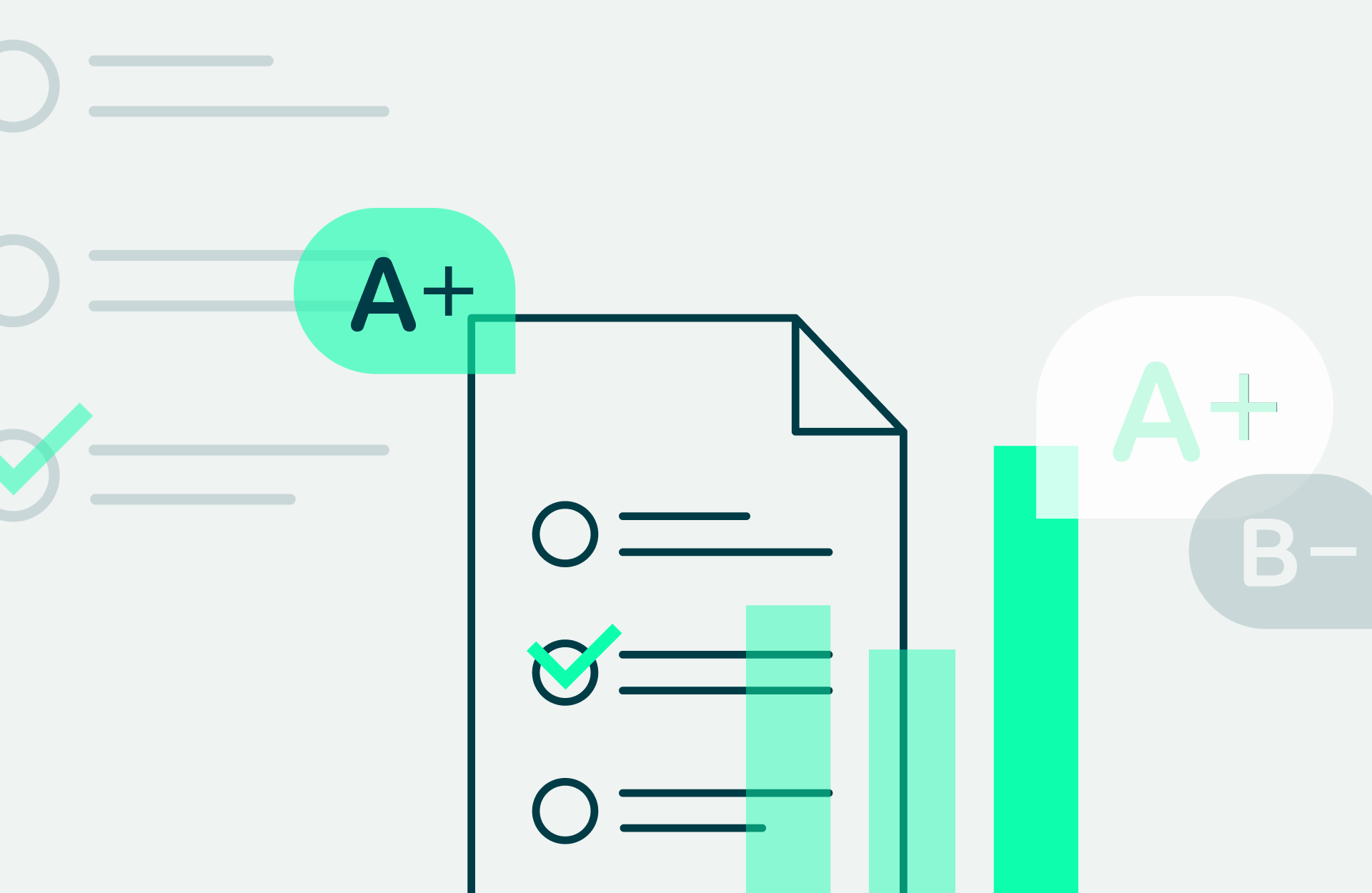For seven years prior to becoming a Turnitin Account Executive, I taught in high schools around the United States. Initially, I was drawn to the teaching profession because I wanted to help students. In particular, students in low income or underserved areas. And like many teachers, I learned many lessons along the way that I could have never imagined.
One of my most memorable teaching moments, oddly enough, did not involve students, but rather quite a few of their papers. It was my first year teaching and I had three courses: Sophomore English, Public Speaking, and AP Language and Composition. As I stepped out of the role of student and into the role of teacher, I brought with me the pedagogy and best practices, but no one had prepared me for what would be my first real challenge: grading.
I sat at the worn wooden desk in my squeaky, black leather chair with quite a few holes in it, and prepared to grade a stack of papers for my speech students that rose well above my head. There were 64 students between both of my classes, and I had the bright idea of having each student provide feedback to at least five of their classmates' speeches. The stack was massive, and the clock was ticking. I had to have these papers in the system by the end of the day. I turned to look down at my bag and reached towards the papers, blindly knocking my nearly-full cup of coffee across the papers and my desk. Needless to say: although I was able to wring them out, the papers did not get graded that day.
Luckily, a few months later my department was given access to a new tool, Turnitin Feedback Studio. At the time, I thought this tool would serve as a means of identifying academic misconduct, but it quickly became so much more. I began to plan my assignments around the tool. Rather than have peer review worksheets, I had students turn in a written draft of their speech that was then reviewed by a student of my choice using PeerMark. I would never knock a coffee over on a big stack of papers again!
Turnitin saved me time from having to sort through papers and figure out which student had met the five-review minimum; I could set the number of reviews from within my assignment settings. Plus, grading was now 10x faster; I could quickly check to see if the student had given their peer quality feedback, assign the points, and move to the next student.
In addition to the PeerMark feature, the ability to be able to help my students choose reliable sources was suddenly at my fingertips. I could log into Turnitin, click into a student’s assignment, quickly access the sources they had used, and comment from my QuickMark library in minutes. The days of sitting and looking at a reference page, but not having the time to actually vet the sources listed, were over.
The benefits also extended to my students. They were now able to receive formative, consistent feedback from, not only their peers, but also from me. Better yet, they got their papers back with plenty of time to adjust and actually use this information in their final draft or next assignment. And I, as their teacher, could sit and grade from a tablet as I cheered them on as a spectator at yet another one of their football games or during our regular library visits.
It’s fair to say that I was a very heavy user, but even with the time I spent with the tool, it was not until I started working at Turnitin that I realized the full potential of these tools. Things like the Flags Panel blew my mind. I was so accustomed to downloading papers that I suspected had hidden text, and here was a feature that could do that for me. I was also amazed by Turnitin’s Draft Coach and I so wish I had had access to Draft Coach when I was teaching. Draft Coach allows students to get immediate “Where to Next?” Feedback on their Similarity Reports, including citations and grammar. As teachers, we just do not have the bandwidth to give every student the individualized attention that they need, but with tools like Draft Coach, we can begin to teach students how to answer those questions with the provided tools.
Often, I reflect on my years teaching when I'm in discussions with current educators and administrators. They often ask me, "As a former teacher, what would YOU do with these tools?" And after having been at Turnitin for several years, here are three things I would absolutely do if I returned to the classroom:
- I would sign up for the Turnitin Newsletter. Here at Turnitin, we are constantly addressing new challenges in academic integrity and assessment. There may be a tool you need that we already have in our suite of products or it may be coming soon, like our AI Writing Detection.
- I would introduce my teaching team to Gradescope. Although my summative assessments tended to be essay-based, I was not able to fully do away with those stacks of papers. Gradescope transforms paper assignments into digital, allowing for faster and consistent grading across assignments.
- On my first day back, I would rebuild my Quickmark and Rubric libraries because I know just how much time I would save, plus I realize in hindsight how effective rubrics can be in setting clear standards for student learning outcomes.
No matter if you've been in the classroom two years or 32 years, it's never too late to implement new strategies. And as a former educator, I can wholeheartedly speak to how Turnitin is working hard to support students and instructors on their learning and teaching journeys.




